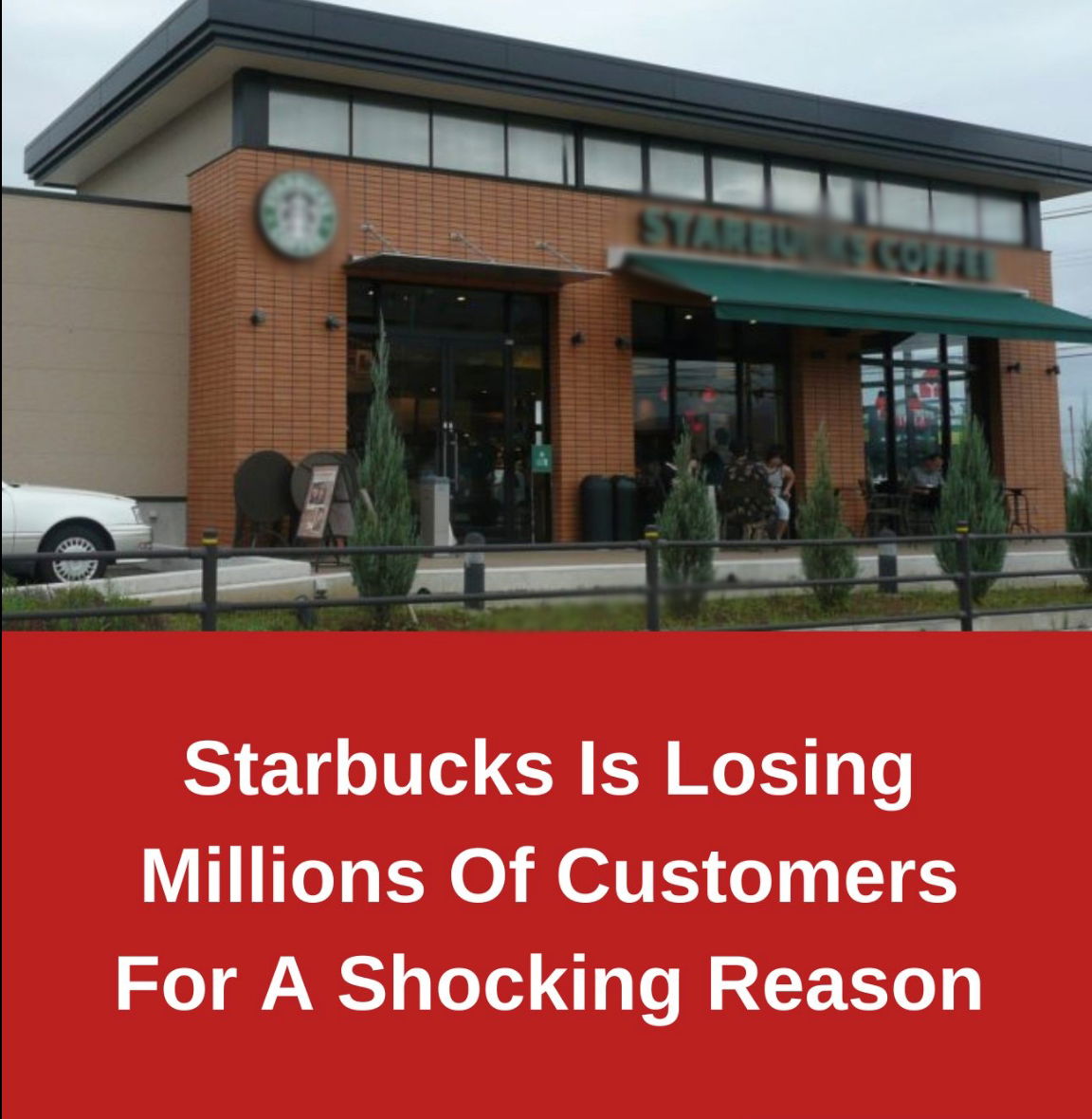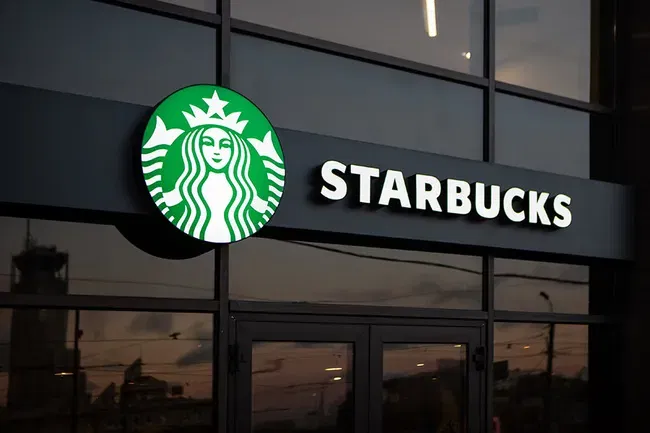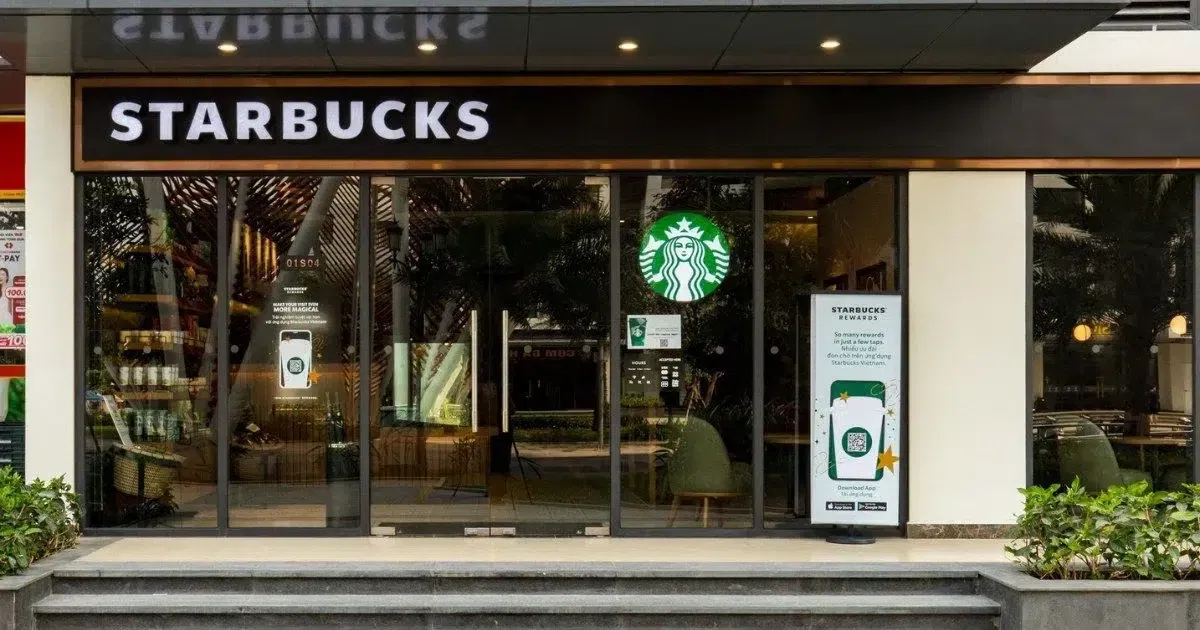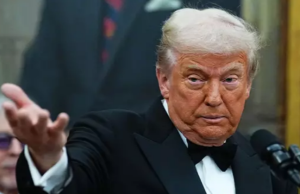
Starbucks has had a challenging start to the year, as tens of millions of customers have either turned to rivals or chosen to stay at home. Major competitors like Tim Hortons, McDonald’s, and Dunkin Donuts have all taken market share from Starbucks across hot and cold drinks and food.
Earlier this week, Starbucks reported a decline in sales for the first time in nearly three years, a period that coincided with the peak of the pandemic. This downturn comes just months after the coffee giant reported record revenues in November.
Multiple factors have contributed to the slump, including high prices, reduced customer spending, and inclement weather. However, CEO Laxman Narasimhan identified slow service as a primary concern. Starbucks’ growth has been driven by complicated, customizable drinks like Frappuccinos and pumpkin spice lattes, but their preparation can take baristas several minutes.
Narasimhan acknowledged that prolonged wait times were causing customers to abandon their orders, either in-store or through the mobile app. Speaking to CNBC’s Jim Cramer on Wednesday, he said, “We have customers coming to our stores today or on mobile order pay, who don’t fulfill their transaction because of wait times. Our team in the US has done a phenomenal job in improving speed of service, but we see more opportunities in doing that.”

Surprisingly, around one in seven customers ordering via the mobile app give up due to long wait times. Some customers have taken to social media to express their frustration. On TikTok, user @mikeylorenz0 complained about having to wait 20 minutes for a black coffee while others ordered complex beverages. He called for an express line for people who just want basic drinks like a black coffee or a latte without modifications.
Starbucks shares dropped to a two-year low after the company’s disappointing first-quarter earnings report was released. Narasimhan defended the company on CNBC but faced criticism from Cramer. He attributed the weak quarter to poor weather in the US and sluggish demand in China, the company’s second-largest market.

Price hikes across cafes and restaurants last year have led to more customers cutting back on discretionary spending. Instead, people are drinking more coffee at home, which has hurt chains like Starbucks. However, competitors like Tim Hortons, McDonald’s, and Dunkin Donuts haven’t experienced the same level of impact, as noted by Cramer.
Boycotts by pro-Palestinian supporters over Starbucks’ perceived support of Israel’s military action in Gaza have also affected sales, particularly on college campuses.

During a post-earnings call, Narasimhan expanded on the reasons behind the poor sales. He stated, “Many customers are being more exacting about where and how they choose to spend their money, particularly with stimulus savings mostly spent. We saw this materialize over the quarter as customers made the trade-offs between food away from home and food at home.”
Starbucks operates around 17,000 stores across North America and has warned investors that it expects slow sales to continue through the spring and summer. To address the issue of slow service, the company plans to invest $450 million in a “Reinvention Plan,” aiming to reduce the time required to make complex beverages by improving efficiency. Narasimhan remains optimistic that these changes, along with a focus on simplifying the ordering process, will help restore Starbucks’ standing in the market.















